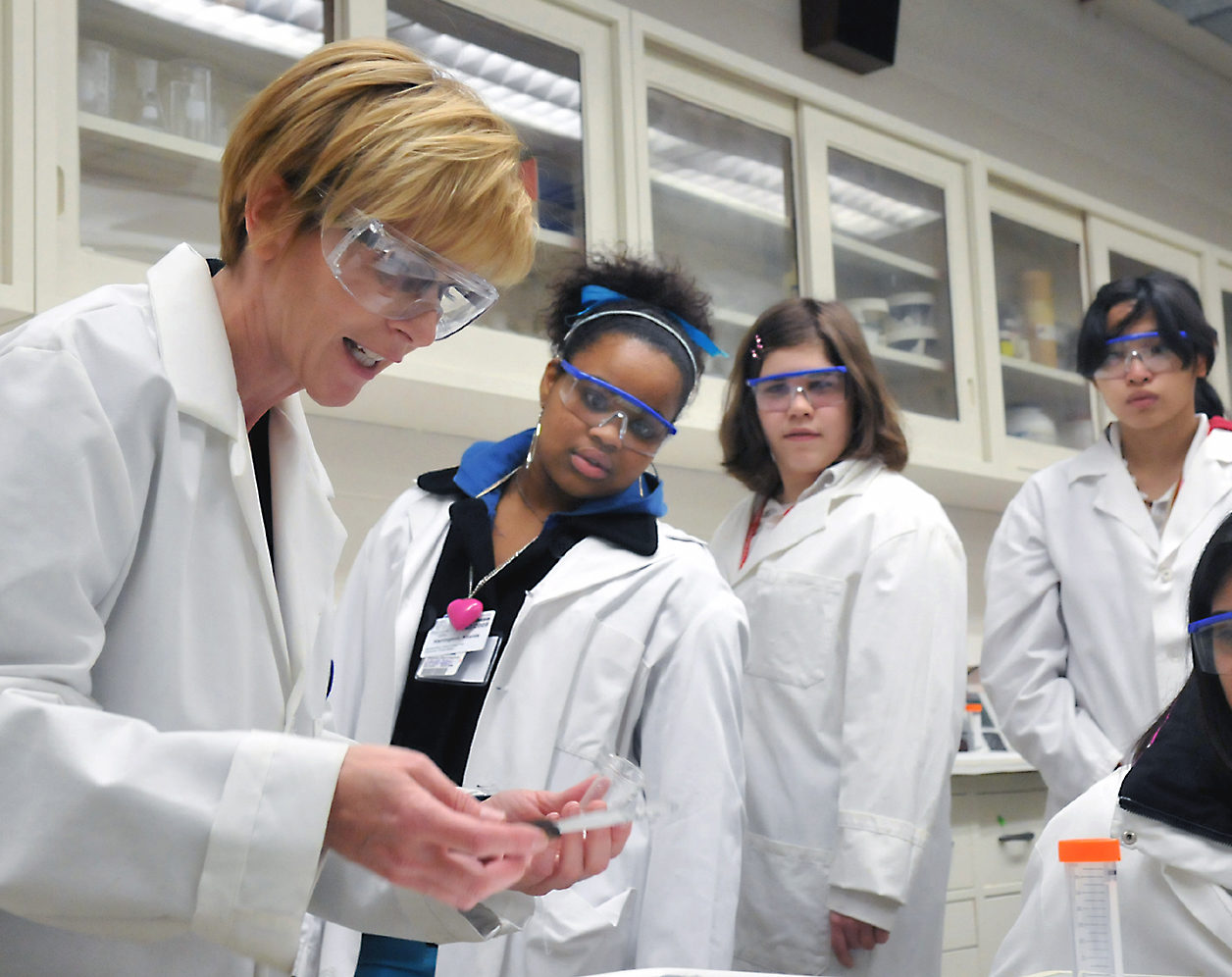WASHINGTON — Research into after-school programs that promote STEM education got a boost in legislation that reached the president’s desk earlier this month.
The STEM Education Act of 2015 calls on the National Science Foundation to continue to award competitive merit-reviewed grants that support research into what works best in out-of-school time and informal STEM education.
James Brown, executive director of the STEM Education Coalition, said researchers and educators are increasingly aware that after-school programs are not a luxury but a valuable piece of the STEM education landscape.
“After-school programs are not just about keeping kids fed and safe. What they do after school reinforces what they do in classroom and vice versa,” he said.
Research shows out-of-school time programs can help stimulate interest in STEM fields.
Brown said policymakers are coming around to the idea that there are connections between STEM education and after-school programs as well.
The law had overwhelming bipartisan support in both the House and the Senate. It’s a first step toward what Brown hopes will be additional interest and investment in STEM education.
“It just proves there are ways to work together outside of these once-a-decade major pieces of legislation,” he said.
[Related: After the school day in Finland, play and more play]
David Evans, executive director of the National Science Teachers Association, said the law is just one way those in the field are thinking about the relationship between classrooms and out-of-school time when it comes to STEM.
“It’s an established relationship, and we are trying to enhance it,” he said. For example, NSTA is working with the Association of Science-Technology Centers to publish a journal that will specifically look at how to bridge classroom and OST experiences by showing what works in each sphere and what further collaboration could look like.
The law also would explicitly include computer science in the definition of STEM and expands eligibility for the Noyce Master Teaching Fellowship program.
Growth in STEM After-school
After-school programs with a STEM component have grown rapidly in recent years.
In a recent Afterschool Alliance report, 69 percent of parents with children in after-school programs said their program included STEM learning opportunities. Children were most likely to participate in math activities, followed by science and then technology and engineering.
Of the parents whose children have access to STEM activities, 80 percent reported they were satisfied with the programming.
The report also makes recommendation for enhancing STEM programs and expanding access to them, including recommendations to:
- educate parents about the role after-school programs have in supporting STEM;
- increase the levels of technology and engineering in after-school programming; and
- strengthen the relationships between after-school programs and the larger STEM community.
More related articles:
Career Pathways: Creating a Pipeline to Employment for Young Adults
Kids Experiment With STEM For National Youth Science Day
Why We Need to Rethink Our Conceptions of Adolescence




























